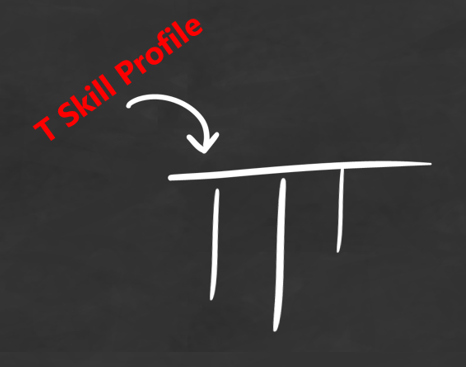
IT Transformation , Digital Transformation , Keeping Your Lights ON while you make changes to your bread winner applications in the Enterprise, move certain others to the cloud, rework on your SMAC strategy, going digital, change your tires while your speeding Enterprise needs to overhaul itself at the same time needs to keep moving and least not loose time at a pit stop.While all of these sound easy to write about but when faced with the challenge of turning your enterprise around , you need a mindset, culture , appropriate tools, talented people who understand the nuances of the change , tools required and how to go about it.
Firstly Mindset : You need to know that people need to change the way they think about the they are standing on a burning bridge with water beneath if you were to borrow a line from the Nokia chief’s mail to its employees. Unless people perceive it this way change is difficult to force it down their throats. Fluidity in all process and people boundaries such that people can reach out and interact with folks across their immediate process lines. This needs a mindset change which can happen when their is strong management support towards moving away from silos and encouraging decentralization.
Be Proactive ALWAYS – Look at the windscreen and not often at the rear view mirror
Usual mindset is look at time, money , resources and progress once you have finished your product or solution. Instead create a pro active process measurement and improvement dashboard where you are measuring everything while moving instead of reflecting when it is all over. This is process independent and no matter which agile methodology you use or which project / process framework you are currently executing. The idea to embed metrics in your journey can be right from the beginning where you look at
1. Review all internal process.
2. Requirements stability
3. Change Management processes
4. Your speed of execution , ability to close projects / activities within time and budget.
5. What market forces are currently influencing your product / solution.
Once you start improving these factors then your outcomes or business results follow on account of these steps or measures.
Tools at the Pitstop
One of the ways to capture these would be to implement a balanced scorecard.
Digital flexibility:
This key skill would mean how often are you ready to change gears midway and skill / re-skill yourselves when you hit transformation roadblocks.
Integrated Operations data : Ability to respond to complex process data and act on them in real time when transformation is underway.
Experimentation and POC hotbeds : Ability to rapidly experiment test beds where simultaneous low cost fail fast experiments and proof of concepts can be carried out and more importantly reduce the cost of failure.
Data driven decision making : Put check and capture data of all kinds which can be useful to driving change and arrive at decision based on those.
Eliminate , Eliminate all kinds of communication barriers across teams. How do you stop one . Meet review and action on the points that are found as causing delays. Delays can be anything from waiting for snacks in queue in the evening to not getting appropriate sign-offs in time. Teams working on agile communicating with non agile or semi agile waterfall teams can slow things down. Use your own process tailoring to get across these barriers.
Promote quicker decision making using the following concept decentralize implementation and centralize interoperability
Wiping the dust off the screen , spare tires and everything in between.Re work on your strategy when there is a downtime .
What to do when others are racing as hard as you as well.
1. Remember what you are transforming is not only a technology issue and see it is as a business problem and technology is a leverage. Most often companies do not learn
2. Always eat a part of the pie instead of full fledged transformation on all cylinders. It is nice to say we are changing the whole machinery while the vehicle is moving instead it is better to change the parts one at a time. It is not easy in a large transformation program but things become much easy to test waters when strategy is broken down to segment and then to the solution level. Let’s say 5 competing product lines are ready for transformation and then out of them only 3 are handpicked for transformation , then out of these 3 pick 10 % functionality and iterate and continue this till you can increase your velocity.
3. Get people to meet the change agents often instead of hanging organization change mandates across the hallway, coffee stations , places where your resources spend most time. Else they end up being fodder for light banter during coffee breaks. Strategy should be de-centralized and no one person’s or team’s prerogative to succeed. And communicate , live them day in and day out instead of them being poster board material.
4. Setup innovation and design thinking workshops across the length and breadth of the organization for people to go about doing there jobs with more fun and independence at what they are doing. Do this when during happy days and not so happy days in the company. Make this part of your core routines then it becomes easy to flex think and act nimble.
This is not the full list of course would love to hear from you on what points went to your refueling enterprise journeys.
Image credit : pixabay











